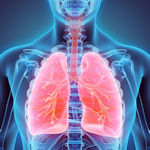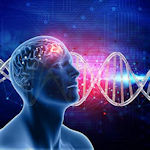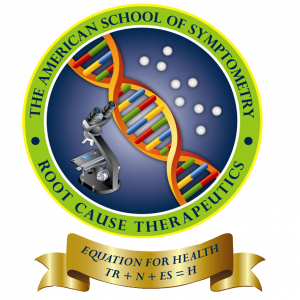
Dr. Maxwell Nartey
Professor of Symptometric Science, American School of Symptometry, NFP
What is sarcoidosis?
It is a disease that sarcoids produce.
What are sarcoids?
A sarcoid is epithelium that became so impoverished that many parts of it became twisted, and then, they hardened. After hardening, they turned into weird lumpy structures. These structures would carpet the walls of the lungs, the kidneys and the heart.
What is epithelium?
It is the layer that lines the outside and the inside of our organs and glands to protect them from the fierce ions of internal acids. There are 9 different epitheliums. Capillaries provide all the epitheliums with blood enriched with nutrients, oxygen, water, oil, and glucose.
Unfortunately, if the capillaries collapse or they are jammed, they will send a signal for assistance. Such signals include: inflammation, ulceration or pain.
If their signal is misinterpreted or ignored, the assistance the capillaries need will not be forthcoming. As result, epithelium will remain tattered.
How sarcoids are produced
After many years of neglect and heat deprivation, granulation will no longer be able to take place in tattered epithelium. As a result, epithelium would begin to shred, shrivel and harden. The tiny pieces of shriveled and lumpy epithelium that would be found in different parts of the left or right lung, will become known as sarcoids.
Sarcoids can also be found in the kidneys, in the heart, or in the liver. Dozens of sarcoids will give a physician a reason to diagnose the disease as sarcoidosis.
Sarcoidosis should never have been as a mystery disease. It is total epithelium neglect that causes it.
Can sarcoidosis be cured?
Of course, it can be cured. All a doctor of Symptometry has to do is, recommend the consumption of certain foods for maximal thermal energy. Then, the foods that negate granulation must be avoided. Finally, subatomic particles must be used to ionize or hydrolyze the concretions that are in the capillaries.
The removal of these concretions, and garbage, will allow the capillaries to circulate water, glucose, nutrients, oil, and oxygen to the epitheliums again.
The abundance of resources will allow the cells themselves to level the sarcoids; and months into the treatment, x-rays will confirm the absence of sarcoids. This is how sarcoidosis is cured.
If sarcoids are not removed, they will become so numerous that they will reduce the lungs’ breathing capacity. A drastic reduction of lung capacity will eventually cause shortness of breath, difficulty inhaling or exhaling; dangerous arrhythmias, and death by asphyxia (suffocation).
© Copyright 2021, The American School of Symptometry, NFP. No part of this publication may be reproduced or transmitted in any form or by any means, electronic or mechanical, including photocopying, recording, or by any information storage and retrieval system without the written permission of The American School of Symptometry, NFP. Library of Congress copyright number Txu 1-621-370, Washington D.C.


 Previous Post
Previous Post Next Post
Next Post